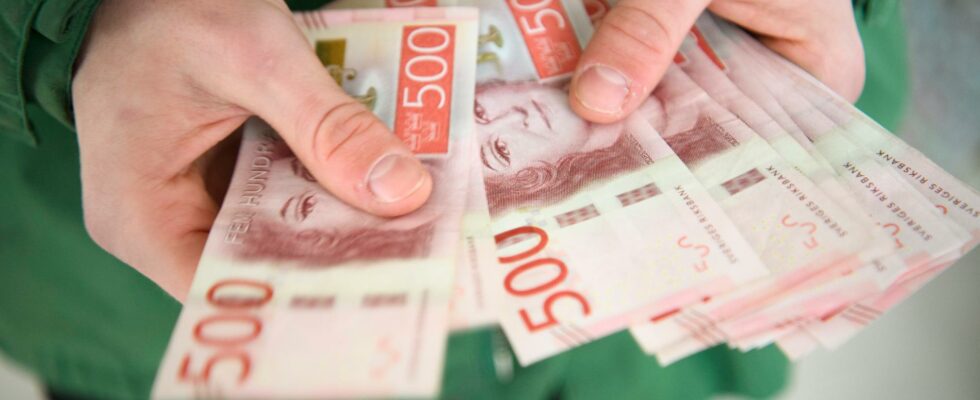unsaveSave
expand-left
full screenMen who were promised money if they lost weight did better than those who were not promised the same, according to a study. Archive image. Photo: Henrik Montgomery/TT
When obese men received encouraging text messages combined with money, they lost more weight than men who only received text messages. Financial incentives thus seem to motivate those who want to lose the kilos.
Can everything be bought with money? Weight loss seems to be able to do that anyway, according to a British study published in the journal Jama. In it, 585 men with obesity were allowed to test different schemes to lose weight over the course of a year.
The men in one of the groups received daily text messages with tips and coaching to lose weight. The messages could contain, for example, encouraging messages and information about lifestyle changes.
The men in another group received the same text message and, in addition, a promise of a sum of money that would be paid out if they managed to lose a certain number of percent of their original weight. In total, it was about SEK 5,000 after one year. A third group, which was the control group, received neither or.
After one year, those who received both text messages and a reward in the form of money had lost an average of five percent in weight. Those who only received text messages dropped three percent and those who received nothing dropped one percent. The difference between the two latter groups was not statistically significant, which means that texting alone did not facilitate weight loss.
That the researchers in the study only chose to focus on men, one of them, Professor Pat Hoddinott, explains that men with obesity are less likely than women to participate in groups focused on weight loss. They therefore wanted to find out if there are other ways to entice men to lose weight.
The men in the study were all over the age of 18, had a BMI of at least 30, and about 40 percent of the men who participated came from socioeconomically disadvantaged areas.
